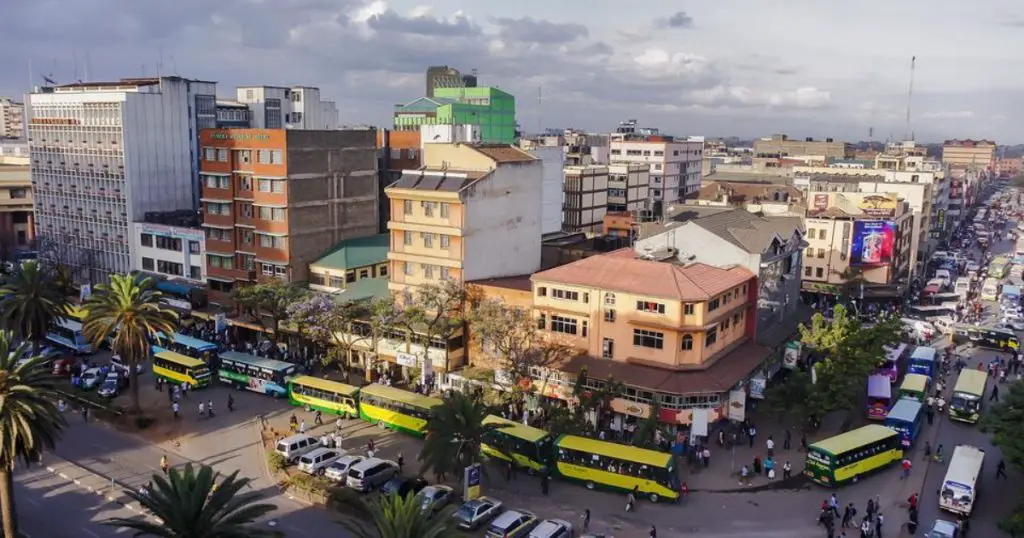- Kenya’s average inflation rate increased to 6.3 per cent in the first half of 2022, compared to 5.9 per cent in a similar period in 2021
- A report by Cytonn Investments has attributed the rise to a 13.8 per cent and 7.1 per cent year-on-year increase in food and oil prices
- Inflation for June 2022 came in at 7.9 per cent, the highest since August 2017 and an increase from the 7.1 per cent recorded in May
Kenya’s average inflation rate increased to 6.3 per cent in the first half of 2022, compared to 5.9 per cent in a similar period in 2021.
A report by Cytonn Investments has attributed the rise to a 13.8 per cent and 7.1 per cent year-on-year increase in food and oil prices, respectively.
During the period under review, the price of super petrol, diesel and kerosene increased by 22.7 per cent, 26.6 per cent and 23.6 per cent to KSh 159.2 per litre, KSh 140.0 per litre and KSh 127.9. The rise was up from KSh 129.7 per litre, KSh 110.6 per litre and KSh 103.5 per litre year to date.
Inflation for June 2022 came in at 7.9 per cent, the highest since August 2017 and an increase from the 7.1 per cent recorded in May. The report said this was on account of a 1.2 per cent, 1.5 per cent and 0.9 per cent increase in the food and non-alcoholic beverages index, household and equipment and transport index.
The June 2022 year-on-year inflation rate is the highest since August 2017.
For the first time in five years, Kenya’s inflation has surpassed the government’s target range of 2.5 per cent – 7.5 per cent, despite efforts by the Monetary Policy Committee (MPC) to contain the rise by raising the Central Bank Rate (CBR) to 7.5 per cent.
The increase is mainly attributable to the rise in food and fuel prices amid supply chain constraints coupled with a depreciating currency.
This comes at a time when the government expected a USD 244.0 mn (KSh 28.8 billion) approval from the International Monetary Fund (IMF) under the Extended Credit Facility (ECF) and the Extended Fund Facility (EFF) arrangement, whose one of the requirements is that inflation remains within the government range.
“Going forward, we expect inflationary pressures to remain elevated on the back of rising fuel prices and consequently an increase in the rise of basic commodities given that fuel is a major input in most sectors.”
The report further noted that the National Treasury has indicated that the fuel subsidy under the Petroleum Development Fund is inefficient and is likely to adjust the fuel prices upwards to eliminate the fuel subsidy in the FY’2022/2023.
The move is expected to increase inflationary pressures even further, as fuel is a significant input to the inflation basket and consequently put more pressure on the government to raise the CBR.
“However, we believe that the fiscal stance is likely to have minimal impact on inflation given that the rise is primarily due to external shocks and is largely pegged on how soon supply chains stabilise.”
Their sentiments come when the Kenya National Bureau of Statistics (KNBS) Q1’2022 Quarterly GDP Report indicated that the Kenyan economy recorded a 6.8 per cent expansion in Q1’2022, up from the 2.7 per cent growth recorded in Q1’2021.
The performance was bolstered by rebounds in most economic activities, which had contracted significantly in the Q1’2021 because of COVID-19 control measures.
Kenya’s economy to grow by 5.5% in 2022, down from 7.5% in 2021
Cytonn noted that growth would primarily be supported by the economy’s gradual recovery and continued vaccine inoculation.
However, risks lie on the downside of the economic outlook mainly due to several factors, including the persistent geopolitical pressures occasioned by the Russian-Ukrainian war, which has seen increased inflationary pressures.
Other risks include persistent supply chain constraints, which have led to the rise of commodity prices, the resurgence of COVID-19 infections in the country and the country’s trading partners.
Additionally, there are uncertainties surrounding the upcoming August 2022 elections, which could lead to economic disruptions.
The finding comes when Kenya’s general business environment has continued to deteriorate, with the average Purchasing Manager’s Index for the first five months of 2022 standing at 49.7, mainly on the back of increased commodity prices which have seen reduced consumer spending.
